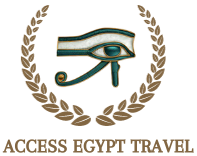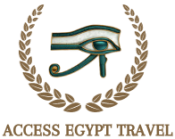The Step Pyramid at Saqqara:
Saqqra or Sakkara is an Egyptian village in Giza which is part of greater Cairo governorate. It was the necropolis of the royalty of the ancient Egyptian capital Memphis (founded 3100 B.C). The Step Pyramid is the most remarkable of the entire complex; as it’s the oldest complete stone building known in history.
Located in Giza about 30 km south of Cairo.
Opens daily: 8:00 a.m. – 5 p.m.
It takes anywhere between 25-45 minutes depending on your location and traffic.

